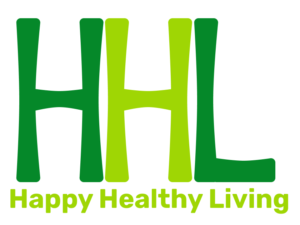Present Danger: Threats to Indoor Air Quality and Children’s Respiratory Health
Indoor Air Quality Threats
Most of us take it for granted that the indoor air quality in our homes will be good and safe to breathe. After all, it’s our haven, the place where we raise our children and celebrate the most important moments in our lives.
Unfortunately, according to the Environmental Protection Agency, indoor air is considerably more likely to be harmful than outdoor air, which means you should be taking steps to protect yourself and your family from volatile organic compounds (VOCs), radon, microbes, pet dander and poor ventilation.
When kids start exhibiting symptoms like wheezing, coughing, inflamed nasal passages and headaches, it’s probably time to take steps to safeguard your home from a genuine threat to your loved ones’ well-being.
Microorganisms
Unhealthy air may result from a variety of microbial factors, ranging from viruses to mold and mildew. Dust mites, mold spores and other microbes can produce serious respiratory problems that threaten children with shortness of breath, chest tightness and sleeping problems.
Preventing more serious pulmonary illnesses in children requires maintaining an environment as free of microbial interference as possible. A high-quality air purifier that features a HEPA filter is guaranteed to eliminate up to 99.96 percent of airborne particles that affect respiratory health. It’s as close as you can get to a dust-free/pest-free breathing environment.
Humidity
In a home with a humidity level above 50 percent, the incidence of mold and mildew can increase significantly. This may present a serious health situation for children, because mold and mildew can cause dangerous pulmonary conditions and even lethal bacterial infections. Keeping your home’s humidity levels between 30 and 50 percent is one of the best ways to avoid such problems, though it may be necessary to purchase a dehumidifier to reduce humidity levels.
VOCs That Effect Indoor Air Quality
Organic substances are used as ingredients in a wide range of household products, as well as paints, varnishes and waxes. Fuels, cosmetic and disinfecting products also use organic solvents. Volatile organic compounds (VOCs) are produced as gases from solids and liquids found in thousands of common household products, which makes VOCs an especially dangerous threat to indoor air quality and children’s health. They occur in levels up to 10 times higher indoors than outdoors, and are present in an array of cleaning products and plug-in air fresheners. Exposure can cause eye, throat and nose irritation as well as headaches and nausea and, in more serious cases, even damage to the kidneys, liver and central nervous system.
Good ventilation is of paramount importance when using products that contain VOCs. Ventilation can be aided by opening doors and windows during use. Always keep such products out of the reach of children, and be diligent about throwing out unused or rarely-used containers. Consider using natural substances, like vinegar, baking soda and lemon juice, in place of commercial cleaning products.
Prevention
Regularly and thoroughly cleaning your home’s interior is crucial to keeping indoor pollutants and other threats to your family’s health under control. Check out this great resource with information on maintaining a sparkling clean home environment. Keeping floor space clean is one good way of preventing the build-up of dust-borne allergens and chemicals in the home.
Vacuum, dust and mop regularly, and make use of a high-quality vacuum cleaner with rotating brush action, powerful suction, and a HEPA filter to eliminate as many allergens as possible. Regularly vacuum carpeting, upholstered furniture and anywhere else that dust and dirt may accumulate in large amounts.
Maintaining a home with healthy indoor air requires regular, consistent effort. Make liberal use of air purifiers and a vacuum cleaner with a HEPA filter, and minimize your use of commercial cleaners that emit VOCs.
Image Courtesy of Pexels.com.




Good article. I shared it on Facebook.
Thanks!